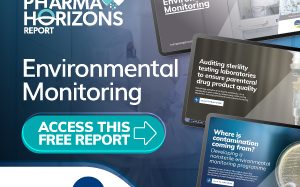Telemedicine helps improve participation in clinical trials
Nemours Children’s Health System researchers develop novel ways to achieve informed consent…
Videos and creative uses of other visuals provide a novel way to obtain informed consent during clinical trials to improve participants’ understanding and retention of trial information, according to a study by Nemours Children’s Health System.
With funding from the National Institutes of Health, Nemours piloted a new clinical trial design to streamline and reduce the time demands and cost of clinical research with the use of technology through a step-by-step video to achieve informed consent, telemedicine appointments, online symptom diaries, and electronic fund transfers for trial compensation.
“Right now, 80 percent of clinical trials are delayed because too few people sign up to participate. Nemours is investigating how we can improve recruitment and participation in research,” said Kathryn Blake, PharmD, BCPS, FCCP, director of Nemours’ Center for Pharmacogenomics and Translational Research and the lead researcher of the study. “As a part of this project, we looked at new ways to obtain informed consent, by utilising a 15-minute video that incorporates eLearning principles for a more visually engaging way for participants of all literacy and health literacy levels to digest the information.”
In the study, researchers compared participants (children and their parents) who watched a 15-minute video presentation with accompanying tabs that viewers could click for more information, as well as multiple-choice questions to reaffirm what they learned, to participants who read through a traditional 13-page consent document. After completing the informed consent tasks, researchers assessed comprehension of both groups through a 17-item questionnaire. Participants performed similarly on the questionnaire, showing no difference between the two groups. However, five months later when the study was completed, comprehension questionnaires were given again. Caregivers of participants who watched the video presentation retained more information about the study design than those who completed the traditional consent forms.
“The idea of using videos for this process allows families to complete the consent task remotely, which is in line with Nemours’ commitment to helping families receive exactly the care they need and want, how and when they need and want it,” said Ms Blake.










